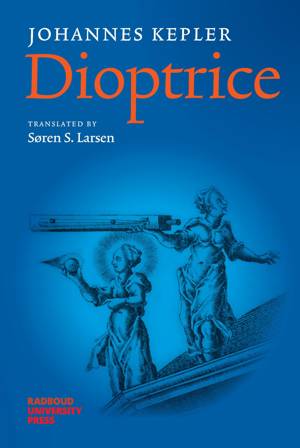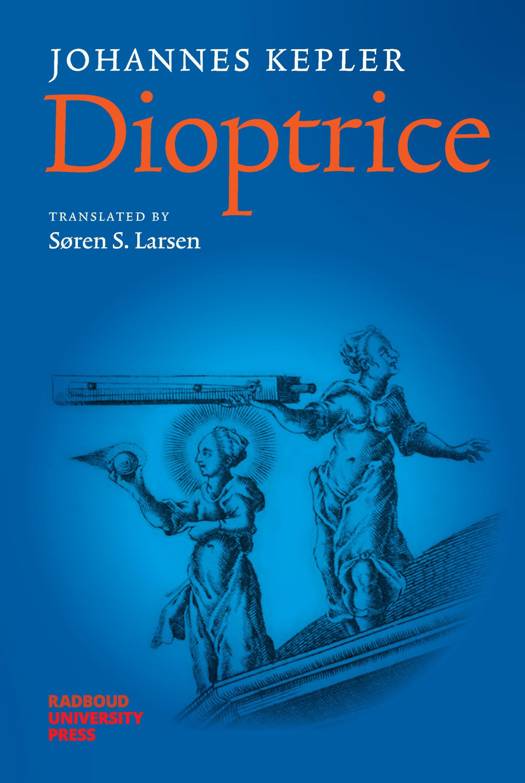
Je cadeautjes zeker op tijd in huis hebben voor de feestdagen? Kom langs in onze winkels en vind het perfecte geschenk!
- Afhalen na 1 uur in een winkel met voorraad
- Gratis thuislevering in België vanaf € 30
- Ruim aanbod met 7 miljoen producten
Je cadeautjes zeker op tijd in huis hebben voor de feestdagen? Kom langs in onze winkels en vind het perfecte geschenk!
- Afhalen na 1 uur in een winkel met voorraad
- Gratis thuislevering in België vanaf € 30
- Ruim aanbod met 7 miljoen producten
Zoeken
Omschrijving
Kepler's "Dioptrice" is a seminal work in the fields of optics and astronomy. Written in response to the ground-breaking telescopic discoveries announced by Galileo Galilei in March 1610, the "Dioptrice" contained the first theory of the telescope—a theory that Kepler was uniquely qualified to develop—and provided an essential foundation for modern geometrical optics.
In the preface, Kepler highlights several examples of the close links which, then as now, exist between optics and astronomy. His excitement about Galileo's new observations is palpable, especially the discoveries of the four moons orbiting Jupiter and the phases of Venus. Both discoveries lent crucial support to the Copernican system, of which Kepler had been an ardent supporter since his days as a student in Tübingen.
The "Dioptrice" is available here in a complete English translation for the first time, along with an introduction and numerous notes to help guide the reader through Kepler's text.
In the preface, Kepler highlights several examples of the close links which, then as now, exist between optics and astronomy. His excitement about Galileo's new observations is palpable, especially the discoveries of the four moons orbiting Jupiter and the phases of Venus. Both discoveries lent crucial support to the Copernican system, of which Kepler had been an ardent supporter since his days as a student in Tübingen.
The "Dioptrice" is available here in a complete English translation for the first time, along with an introduction and numerous notes to help guide the reader through Kepler's text.
Specificaties
Betrokkenen
- Auteur(s):
- Vertaler(s):
- Uitgeverij:
Inhoud
- Aantal bladzijden:
- 176
- Taal:
- Engels
Eigenschappen
- Productcode (EAN):
- 9789465150703
- Verschijningsdatum:
- 19/05/2025
- Uitvoering:
- Hardcover
- Afmetingen:
- 162 mm x 240 mm
- Gewicht:
- 522 g

Alleen bij Standaard Boekhandel
+ 72 punten op je klantenkaart van Standaard Boekhandel
Beoordelingen
We publiceren alleen reviews die voldoen aan de voorwaarden voor reviews. Bekijk onze voorwaarden voor reviews.









